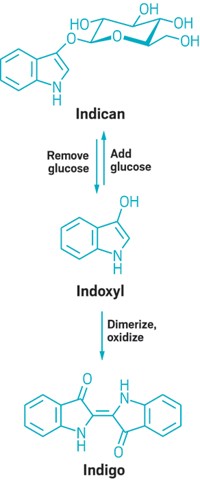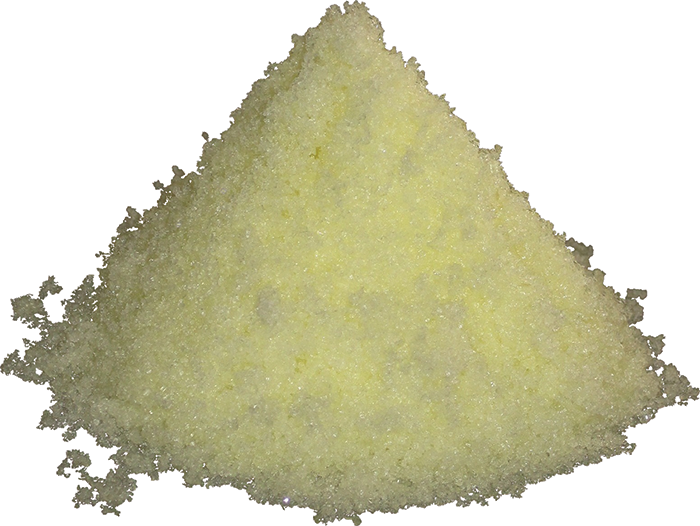Advertisement
Grab your lab coat. Let's get started
Welcome!
Welcome!
Create an account below to get 6 C&EN articles per month, receive newsletters and more - all free.
It seems this is your first time logging in online. Please enter the following information to continue.
As an ACS member you automatically get access to this site. All we need is few more details to create your reading experience.
Not you? Sign in with a different account.
Not you? Sign in with a different account.
ERROR 1
ERROR 1
ERROR 2
ERROR 2
ERROR 2
ERROR 2
ERROR 2
Password and Confirm password must match.
If you have an ACS member number, please enter it here so we can link this account to your membership. (optional)
ERROR 2
ACS values your privacy. By submitting your information, you are gaining access to C&EN and subscribing to our weekly newsletter. We use the information you provide to make your reading experience better, and we will never sell your data to third party members.
Sustainability
Bleach activator could lead to greener whites
Cationic molecule helps bleach cotton faster with less energy
by Kerri Jansen
June 6, 2018
| A version of this story appeared in
Volume 96, Issue 24

Textile manufacturers often bleach cotton fabric to remove color impurities before dyeing. This process commonly involves oxidizing the natural colorants in fiber with hydrogen peroxide under strong alkali conditions, and it can be accelerated by steaming the fabric after the chemicals are applied. But those harsh processing conditions can damage cotton fibers, and steaming times of as much as 50 minutes consume large amounts of energy.
Researchers from Jiangnan University and Nantong University report a method for bleaching cotton fabrics that achieves optimal whiteness in just four minutes of steaming time, with very little fiber damage (ACS Sustainable Chem. Eng. 2018, DOI: 10.1021/acssuschemeng.8b00912).

The method relies on a bleach activator, N-[4-(triethylammoniomethyl)benzoyl]caprolactam chloride (TBCC). Bleach activators react with hydrogen peroxide in aqueous solution to form peracids that are active at lower temperatures than hydrogen peroxide. Unlike other reported bleach activators, TBCC is cationic, so it is ideal for interacting with textile fibers that tend to develop a negative charge in water, says Peter Hauser, a retired professor at the North Carolina State University College of Textiles. Hauser was part of the NCSU team that invented and patented TBCC. He called the new paper “a pretty good step forward.”
The researchers report that fabric bleached using TBCC and a 4-minute steaming period was just as white as fabric steamed for 50 minutes without the use of a bleach activator, with no apparent chemical damage to the cotton fibers. Hauser says that although the chemical costs may be higher using this process, industrial users may find the improved production efficiency and higher-quality product to be worth that extra cost.
The rapid TBCC bleaching method incorporates sodium citrate for pH control, a less-harsh alternative to the sodium hydroxide commonly used in hydrogen peroxide bleaching processes.
The researchers are working to evaluate the environmental impact of the process, as well as to simplify the synthesis of TBCC to reduce its production cost.





Join the conversation
Contact the reporter
Submit a Letter to the Editor for publication
Engage with us on Twitter